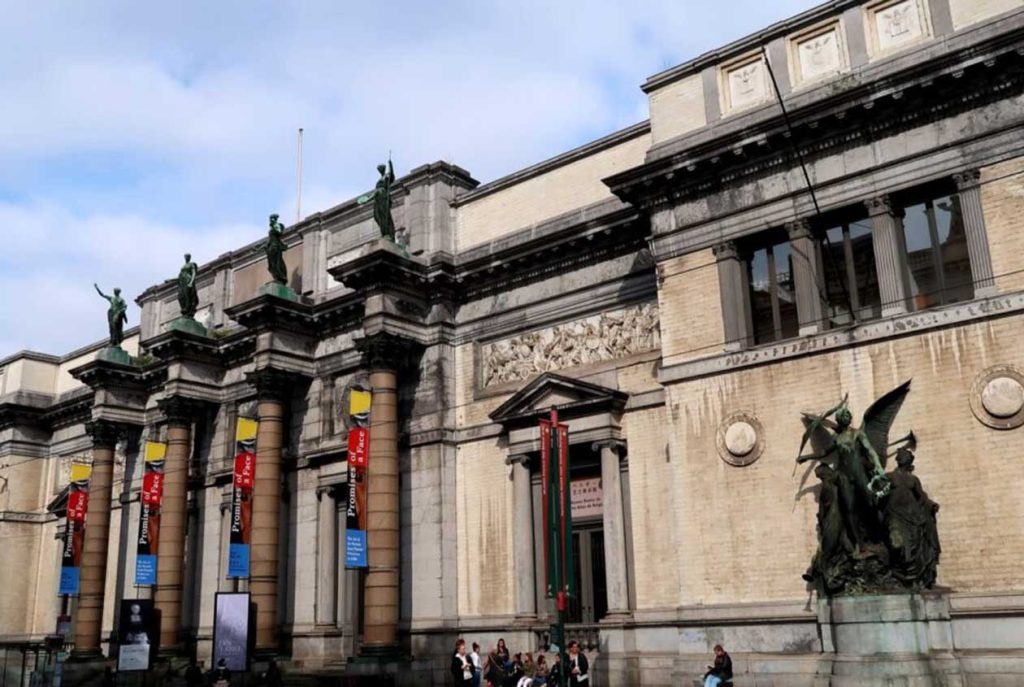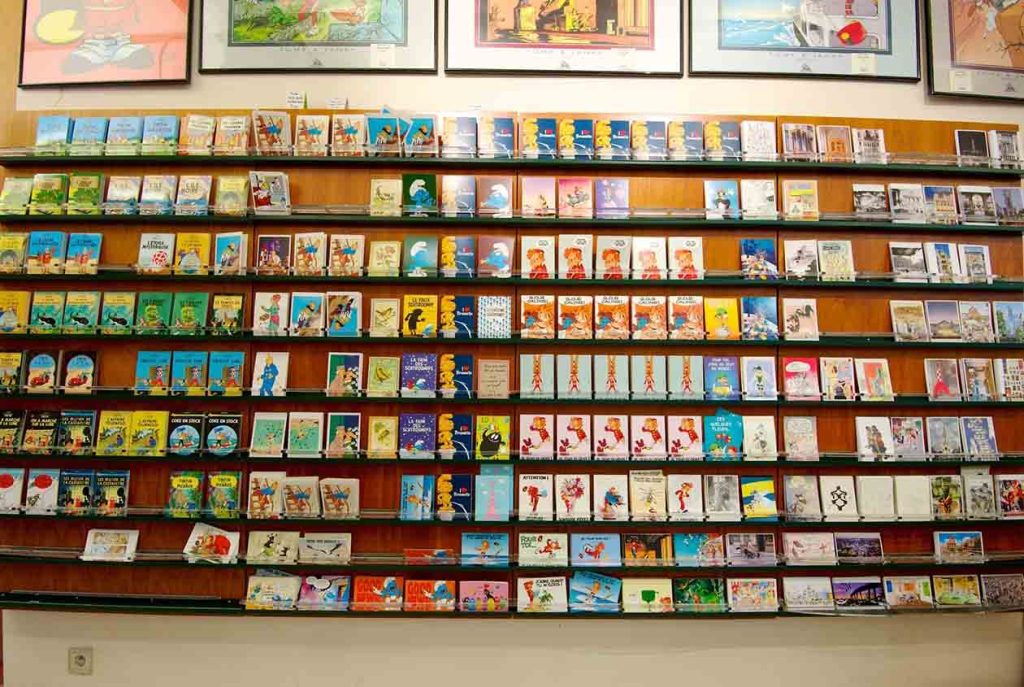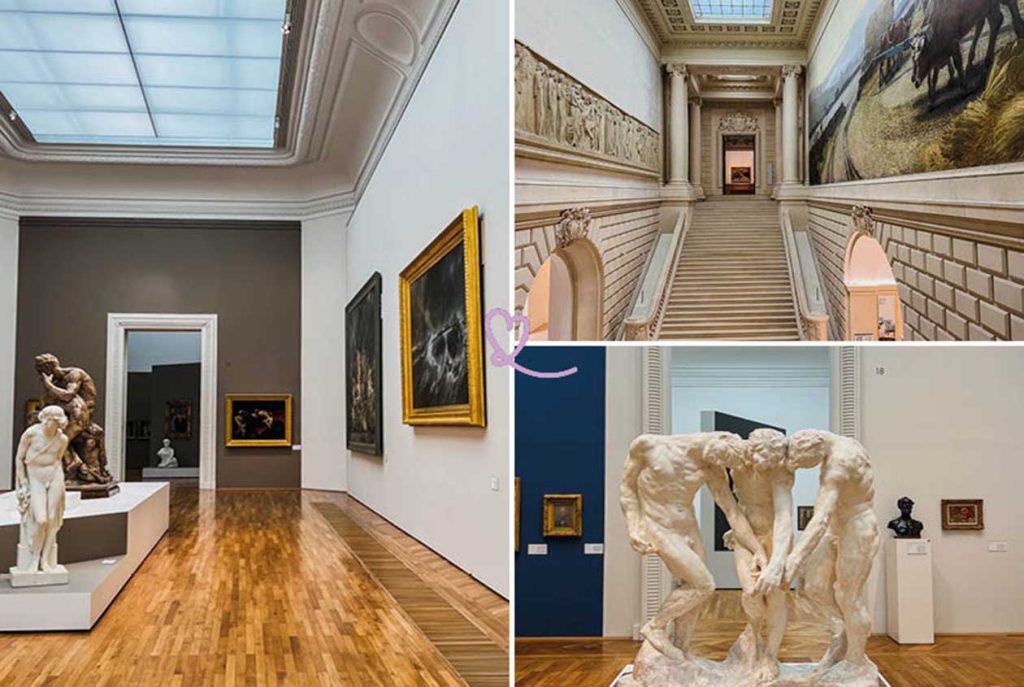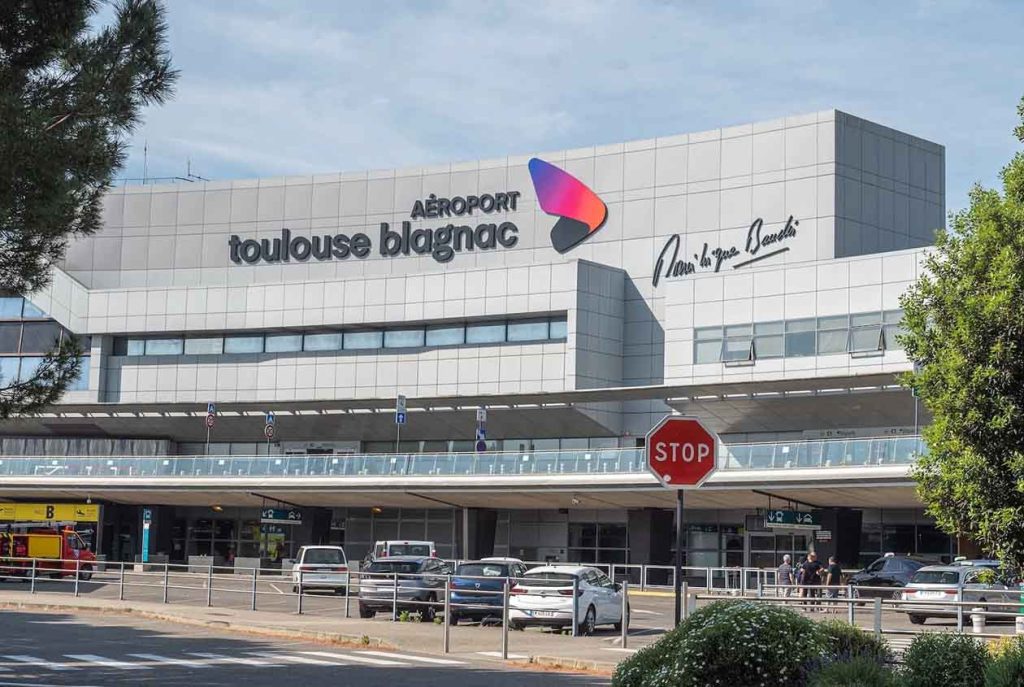
Brussels, as the capital of Belgium, is not only a modern international metropolis but also a treasure trove of culture and art. The city boasts numerous historic museums showcasing European history from the Middle Ages to the present day, as well as many exhibitions closely tied to contemporary art. Brussels’ museums offer an impressive collection of historical and artistic treasures, and frequently host temporary exhibitions that highlight the creative breakthroughs of contemporary artists. These exhibitions span a variety of artistic forms, from painting and sculpture to installation art and digital art, reflecting how contemporary art engages with issues such as society, technology, and the environment. Many museums also offer interactive exhibitions and immersive experiences, allowing visitors to not only admire static artworks but also engage deeply with them.
In addition, Brussels’ museums often provide a rich array of educational activities and lectures, attracting visitors and art enthusiasts from around the world. Whether through professional guided tours, lectures, or hands-on workshops, visitors can gain deeper insights into the cultural background and creative philosophies behind the exhibits. Brussels’ museums, with their unique charm, have become a must-visit destination for art and culture lovers around the globe.
1. Royal Museums of Fine Arts of Belgium
The Royal Museums of Fine Arts of Belgium is one of the most important art museums in Brussels. Its vast collection spans several periods, from the Renaissance to modern art. As a haven for art lovers, it not only displays masterpieces by Belgian artists but also houses works by renowned artists from various European countries. The museum is divided into several sections, including the Old Masters Museum, the Modern Art Museum, and the Contemporary Art Museum, each offering visitors a unique experience of different artistic styles from various historical periods.
1.1 Old Masters Museum
The Old Masters Museum in the Royal Museums of Fine Arts houses an extensive collection of European masterpieces from the Renaissance and Baroque periods. Visitors can admire works by renowned painters such as Peter Paul Rubens, Anthony van Dyck, and Johannes Vermeer. Rubens, often called the “master of the Baroque,” is known for his dynamic compositions and rich color palettes, while van Dyck’s delicate portraiture is highly regarded. Through these works, visitors can clearly see the evolution of European art from the Renaissance to the Baroque, experiencing the artists’ pursuit of emotional depth and fine detail.
The Modern Art Museum showcases a vast collection of 19th- and early 20th-century European modern art. Visitors can view works that trace the development of various artistic movements, from Impressionism and Expressionism to Cubism and Surrealism. For example, works by artists such as Claude Monet, Henri Matisse, and Pablo Picasso are featured. The Modern Art Museum not only presents diverse artistic styles but also reflects the social and cultural shifts that occurred during different historical periods. In Picasso’s works, visitors can witness his deconstruction of modern life through geometric shapes and fragmented imagery, offering profound reflections on the modern world.
1.3 Contemporary Art Museum
The Contemporary Art Museum, as part of the Royal Museums of Fine Arts, exhibits art from the late 20th century to the present. These works showcase significant breakthroughs in artistic expression, with many artists employing new technologies and media. Emerging art forms, such as installation art and digital art, have made artistic expression more diverse and multifaceted. Within these exhibitions, visitors can observe how artists use various creative methods to comment on society, politics, technology, and even human emotions.
2. Belgian Comic Strip Center
Belgium is known as the “world’s comic kingdom,” and the Belgian Comic Strip Center in Brussels is a special place that showcases Belgian comic culture to the world. As one of the most representative cultures of Belgium, comic art is fully displayed and promoted here. The museum exhibits many classic Belgian comic characters and works, especially popular ones like The Adventures of Tintin and The Smurfs, which attract a large number of comic enthusiasts. Through its rich exhibitions, the museum allows visitors to deeply explore the creative process and artistic styles behind these comic works. For instance, the creator of The Adventures of Tintin, Hergé, with his meticulous drawing style and captivating storytelling, not only elevated comic art to new heights but also created a global cultural wave. In addition, the museum also showcases the history, development, and global influence of Belgian comics. Visitors can appreciate the innovation and charm of Belgian comic artists through exhibits, original sketches, manuscripts, and other precious materials. For comic lovers, this is undoubtedly a place not to be missed.
2.1 The Origins of Belgian Comics
The Belgian Comic Strip Center is not just a space for exhibiting comics but also acts as an encyclopedia of Belgian comic culture. Here, visitors can learn about the origins and development of Belgian comic art and its influence on global comic art. The museum provides detailed historical background, illustrations, and precious original sketches, allowing visitors to explore the birth and growth of Belgian comics. The original manuscripts and materials of “Tintin” are among the museum’s treasures, representing a significant part of the country’s cultural heritage.
2.2 Innovation and Development in Comics

The Belgian Comic Strip Center also showcases many innovative works by comic artists. Belgian comics include not only classic adventure stories but also numerous works that delve into social issues, human nature, and emotions. The museum regularly hosts temporary exhibitions, introducing the creative styles and works of various comic artists. Whether you are a comic enthusiast or an art lover, this museum is a great place to visit for an in-depth exploration of comic art.
3. Brussels City Museum
The Brussels City Museum, located in the “Maison du Roi” next to the Grand Place, serves as a witness to the city’s history. Through its rich exhibits and interactive displays, the museum narrates the development and cultural transformation of Brussels from the Middle Ages to the present day.
3.1 The History of Brussels
The museum’s exhibitions cover the entire history of Brussels, from its early foundation to its role as the capital of Belgium. Visitors can learn about the city’s architecture, politics, economy, and culture. Particularly noteworthy is the history of the Grand Place, where the museum’s exhibits explore the evolution of the buildings around the square and their significant historical role.
3.2 Art and Culture of the City
The Brussels City Museum also features numerous valuable artifacts reflecting the city’s artistic and cultural achievements, including traditional crafts, religious art, and folk art. These exhibits not only showcase Brussels’ contributions to art but also give visitors a glimpse into the city’s rich cultural heritage.
4. Church of Our Blessed Lady Museum
The Church of Our Blessed Lady Museum, located in the heart of Brussels, is an important museum that combines religious art and history. The museum houses an extensive collection of religious art, including sculptures, paintings, and sacred objects, reflecting the religious beliefs and artistic styles of the Middle Ages and the Renaissance.

4.1 The Charm of Religious Art
Among the museum’s collection, the most representative pieces come from the Middle Ages and the Renaissance periods. Visitors can admire sculptures of religious figures and paintings depicting biblical scenes. These works not only possess immense artistic value but also provide a profound spiritual experience within the context of religious history.
4.2 The History and Culture of the Church
The Church itself is a historical religious building, and the museum offers detailed displays about the church’s architectural style, historical changes, and its close ties to Brussels’ culture. Visitors can experience the deep religious and artistic atmosphere that pervades this historic site.
5. Museum of Art and History
The Museum of Art and History is another important cultural landmark in Brussels, featuring an extensive collection of historical and cultural heritage from ancient times to the modern era. The exhibits in the museum are diverse, spanning fields such as archaeology, art, and folklore.
5.1 Archaeology and Art
The museum’s archaeological exhibitions are particularly captivating, featuring a vast array of artifacts from ancient Egypt to the Roman Empire. This allows visitors to experience a journey across time. The museum also showcases many works of art, including Renaissance sculptures and modern artworks, blending history with artistic expression to offer visitors a sense of how ancient civilizations intersect with contemporary art.
5.2 Folklore and Culture
The museum’s folklore exhibits focus on the traditional cultures and lifestyles of Belgium and Europe. Visitors can explore the traditional crafts, clothing, and daily life of European peoples, offering insight into the cultural expressions and emotions of the people across the continent.
Brussels’ museums embody the cultural allure of the city. From the artistic treasures of the Royal Museums of Fine Arts to the lively exhibits at the Belgian Comic Strip Center, from the historical journey at the Brussels City Museum to the cultural immersion at the Museum of Art and History, each museum provides visitors with a unique cultural experience.


